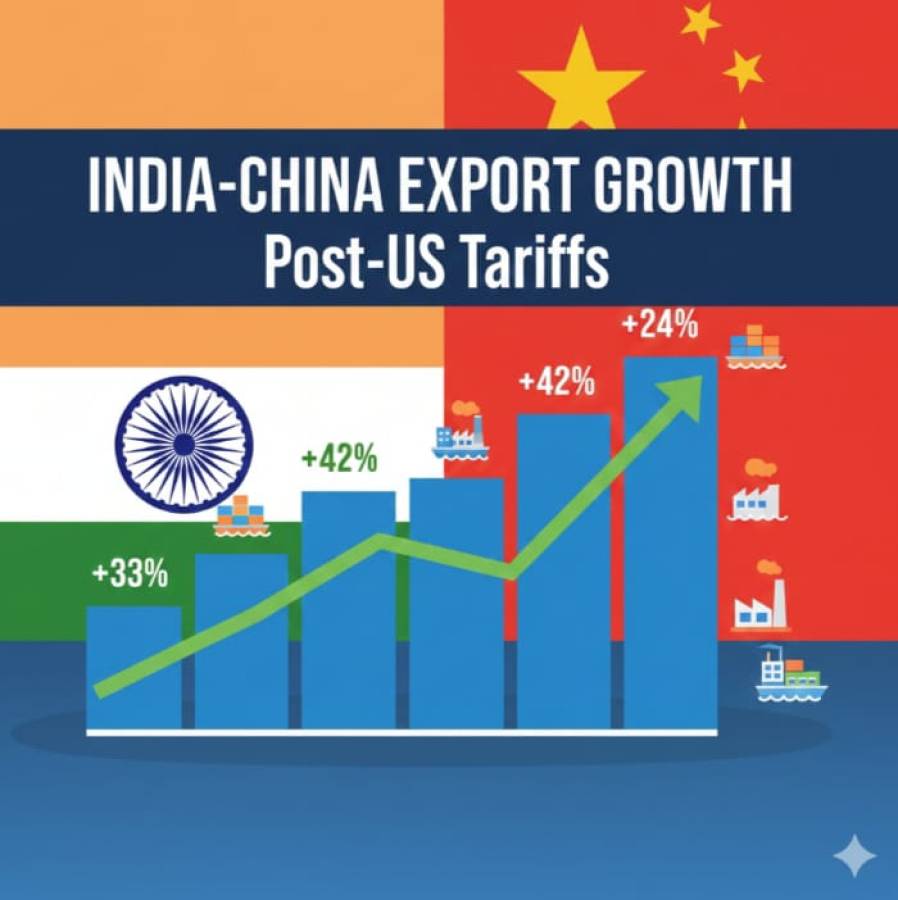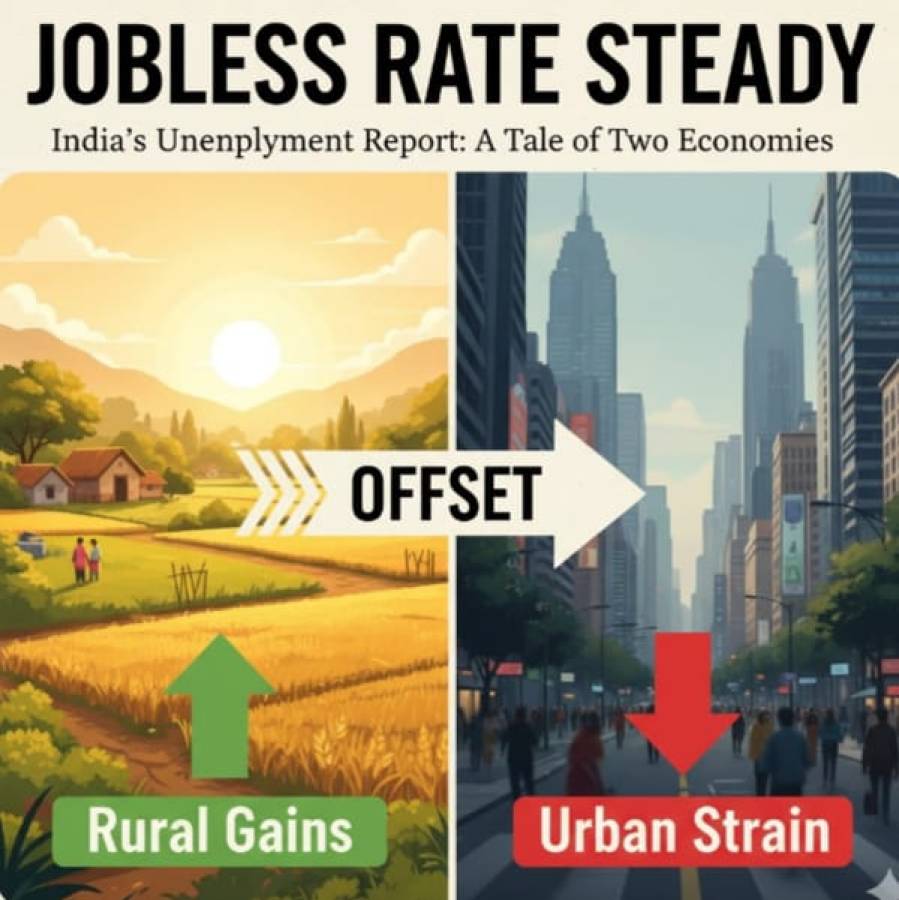
India has always relied on the strength of its rivers, not just for farming but also for electricity. Among all renewable sources, hydropower holds a special place. It is one of the oldest methods of generating electricity and remains the backbone of the clean energy system in our country. Today, when India is talking about reducing its dependence on coal and shifting towards sustainable energy, hydropower is once again in the spotlight.
Why Hydropower Matters
Hydropower is electricity generated from the force of moving water. In India, with its vast network of rivers, it is both a natural and practical choice. The country has an installed hydropower capacity of about 49 gigawatts (GW), which accounts for roughly 10 percent of the total electricity produced. While this share may look small compared to coal, the importance of hydropower goes beyond numbers.
Hydropower provides stability to the grid. Unlike solar or wind, which depend on sunshine or wind speed, hydro plants can quickly increase or decrease production. They act like a shock absorber for the electricity system. During peak demand hours, when cities light up in the evening or factories run at full speed, hydro stations can supply power almost instantly.
The Role of Monsoon
India’s hydropower output depends heavily on the monsoon. Good rainfall fills up reservoirs and increases the flow of rivers, allowing turbines to run at full capacity. When rainfall is weak, reservoirs shrink and electricity generation falls. For example, in the financial year 2024, hydro output dropped by 17 percent because of poor rains. But in the following year, when the monsoon was stronger, output increased by 10 percent.
This year again, reports suggest that heavy monsoon rains have improved water storage levels in reservoirs. If this trend continues, India’s hydropower generation is expected to rise by another 10 percent in the coming financial year.
Current Capacity and Future Goals
India’s total power generation capacity is about 485 GW. Out of this, coal contributes nearly 44 percent, and hydropower about 10 percent. The government has set an ambitious plan to increase hydro capacity to 56 GW by 2030. This is part of the larger target of installing 500 GW of non-fossil fuel capacity by the same year.
The Central Electricity Authority has also identified several new sites where large dams and projects can be built. Studies show that India has an exploitable hydropower potential of about 135 GW, of which only a fraction has been developed so far.
Benefits of Hydropower
Hydropower is considered clean energy because it does not burn fossil fuels or release greenhouse gases. It also helps in flood control and irrigation since most projects involve large reservoirs. In drought-prone regions, these reservoirs become lifelines for agriculture. Another advantage is that hydro plants have long lifespans. Many dams built in the 1960s and 70s are still operating with regular maintenance.
Hydropower also reduces dependence on imported fuels. Unlike oil and gas, which have to be purchased from other countries, water is a domestic resource. Using it for electricity generation strengthens energy security.
Challenges on the Way
Despite its advantages, hydropower faces many challenges in India. One major issue is the displacement of people when large dams are built. Entire villages sometimes need to be relocated, leading to social and economic problems. Environmental concerns are also significant. Dams can affect fish habitats, disturb ecosystems, and trap silt that would otherwise enrich farmland downstream.
Another challenge is the unpredictability of rainfall. Climate change has made monsoons more erratic. Too much rain causes floods and damages turbines with silt, while too little rain reduces electricity production. This makes planning difficult for power companies.
Financing is also a hurdle. Hydropower projects require huge investments and take years to build. Private investors often hesitate to put money into such long-term projects, especially when solar and wind plants can be installed much faster.
Pragmatic Approach
For India, the future of hydropower lies in balance. Instead of only focusing on large dams, smaller hydro projects on mountain streams and rivers should also be promoted. These "run-of-the-river" plants require less land and cause minimal displacement. They can provide power to remote areas where building transmission lines is expensive.
Upgrading old projects is another option. Many dams are decades old, and their turbines are less efficient. Replacing them with modern technology can increase generation without building new dams.
Finally, hydropower must be integrated smartly with other renewable sources. Solar and wind may dominate during sunny or windy days, but hydropower can fill the gaps when those sources fall short. Together, they can form a reliable and clean energy mix for the country.
Final Take
Hydropower remains one of India’s strongest assets in the journey towards clean energy. It is rooted in the natural flow of rivers and the rhythm of the monsoon. While challenges exist, careful planning, better technology, and balanced development can ensure that hydropower continues to light up millions of homes. For a nation seeking growth while caring for its environment, the power of rivers is not just electricity but a promise of sustainable progress.





















